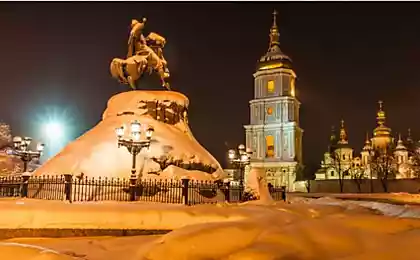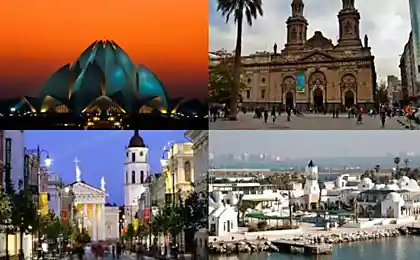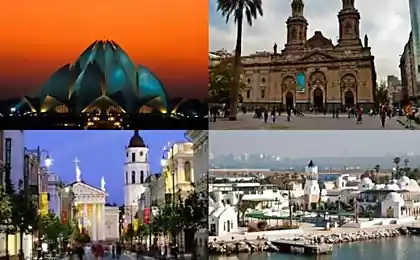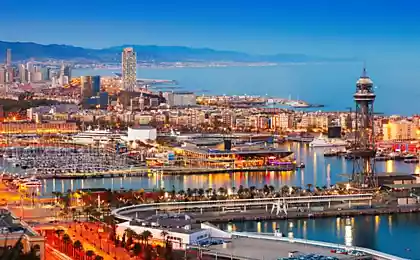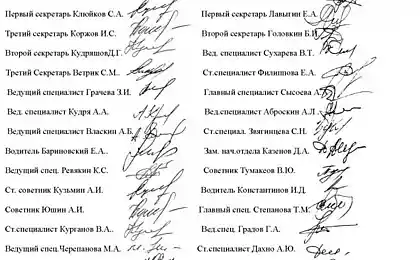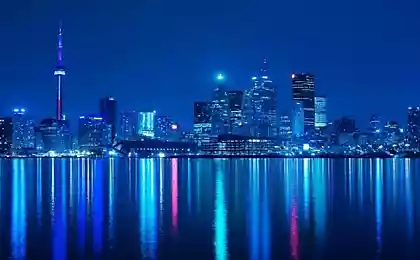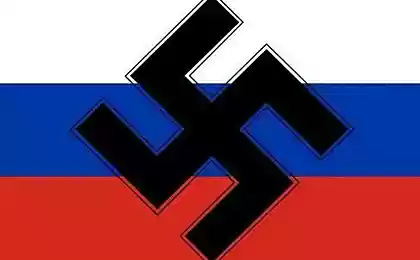1407
7 cities, which could be the capital of Russia
History does not tolerate the subjunctive? Even as suffering. Especially here - in Russia. List the city, which could be the capital of our homeland (and even tasted the informal capital status). If it were not for the circumstances ...
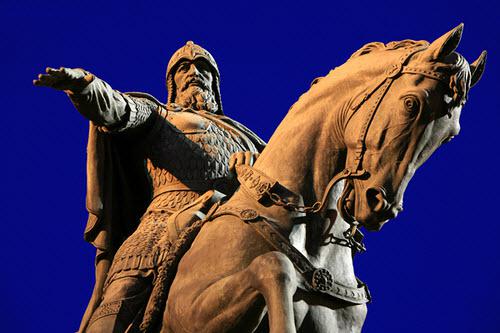
1. GREAT NOVGOROD
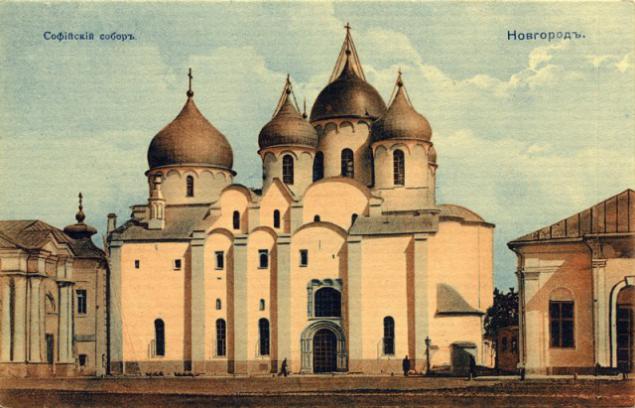
Of course, the first thing that comes to mind. Russian richest city-state to the XVI century, the place calling Rurik. It was here, "said Rus, Chud, Slovenes, Krivichi and all:" Our land is great and rich, but there is no order. Come to reign and rule over us. '" Actually, this would be more than enough for the claims to the national capital status. However, Novgorod the Great had other plans: the city bathed in their own self-sufficiency and independence, and shied away from any geopolitical games aimed at domination in the territory of the former Kievan Rus.
As a result, in 1478, he joined John III and closed "feudal republic." From that moment began a dive down the city: from the subject of world politics Novgorod became a regional center and the city museum, where there is something to show to foreigners.
2. Growth
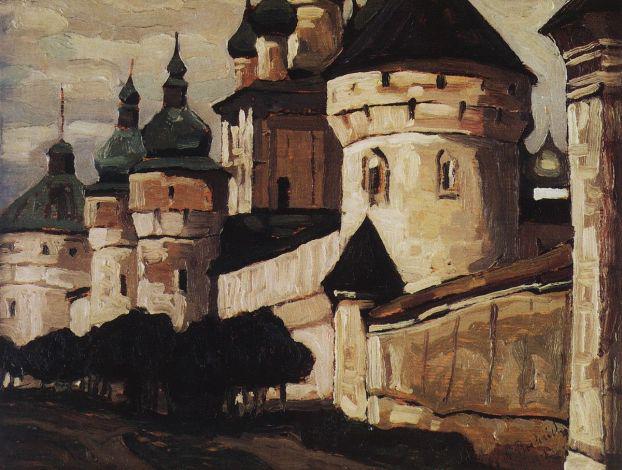
Over the age of this city could well argue with Novgorod the Great. Here, too, the rules of Rurik, residents actively participated in the campaigns of Oleg at Constantinople, and that there was sown the seed of the future of Moscow Russia. For a long time was the main city of Rostov in the North-Eastern Russia and the largest spiritual center. However, he did not stand the pressure of Moscow and Daniłowiczowski dynasty. First, growth in the beginning of the XIV century was divided into two parts: Borisoglebovskay and Sretensky (which was under the protectorate of Moscow). From Moscow part was banished all disloyal elite.
Author of "The Life of St. Sergius of Radonezh," which, incidentally, was a native of Rostov boyar family, laments: "Alas Rostov and his princes, took power from them, reign, wealth and honor." And in John III in 1474, and finally bought a second, Borisoglebovskay, half of the city. And growth unimpeded began its descent to a state of quiet provincial town.
3. VLADIMIR

Founded in the late X century on the site of a small village tribe Meria Vladimir after a century and a half received the status of capital city of Northeast Russia. Thanks to Prince Andrew Bogoliubsky, which in 1157 moved the capital here "all Suzdal." But the Mongol-Tatar invasion undermined the long-term development of Vladimir. In spite of the conditional capital status, the city quickly lost its primacy. The last prince, prince directly in Vladimir, was Alexander Nevsky.
4. Suzdal
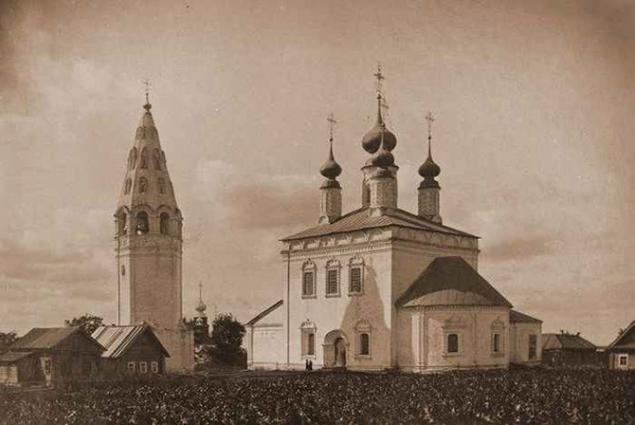
At the dawn of Russian statehood Suzdal was very influential city. Despite the adoption of Orthodoxy, he remained one of the centers of paganism until the XII century. It is here that broke out in 1024 the famous uprising of the Magi. A little more than 100 years; Magi cooled down a bit and wandered off to the nearest thicket, and Yuri Dolgoruky made Suzdal center of the North-East of the earth. But not for long. And in 1392 the Grand Duchy of Moscow, absorbing the city, finally buried "capital" ambitions Suzdal. But in the XVI century, the city became one of the spiritual centers of the country. But too long. First Suzdal reconciled with the status of a provincial county town, well, and in this era took on the burden of "historical Disneyland».
5. Ladoga
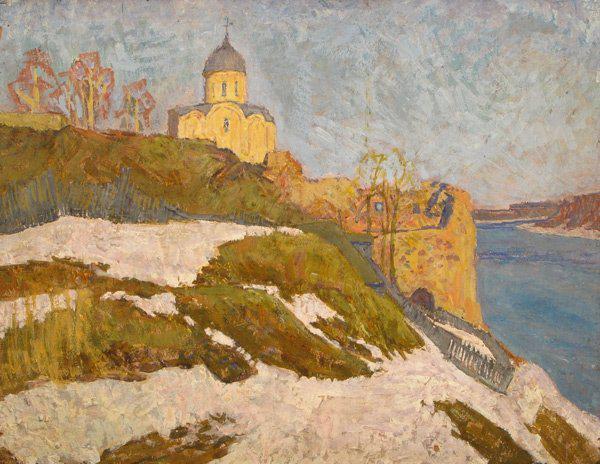
About this capital status of the city (today, in fact, the village) the dream of many lovers of antiques. However, with a claim to the capital city of Ladoga parted before the Baptism of Russia. This city was founded by the Vikings. It was from here begun Norman colonization future in Russia. According to one version is here (and not in Novgorod) ruler of Rurik.
In those days, Ladoga was a port city, a gathering merchant caravans, brisk trade in furs, jewelry, weapons and slaves. Actually, that's all claim to metropolitan status. Already in the X century Ladoga fell into complete dependence on the Great Novgorod, and in 1703, "the ancient capital of the Northern Rus' lost city status.
6. Alexander settlement
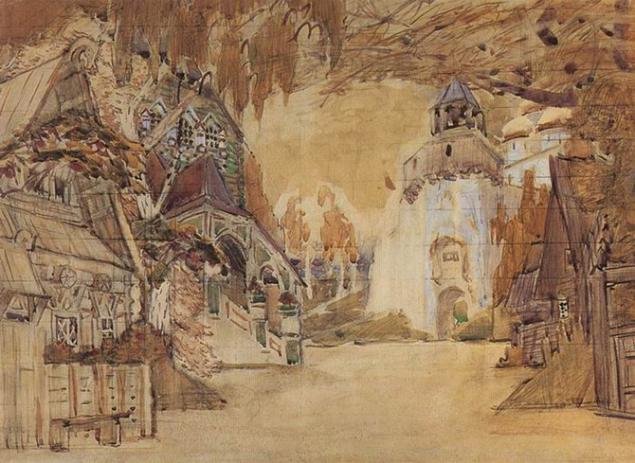
This small town has breathed life in the capital under Ivan the Terrible, who made it the center of his Oprichnina. More than fifteen years here seething life: Sloboda important policy decisions, opens embassy most influential states of that time, held talks at the highest level. In the Alexander settlement worked best painters and architects; was founded the first Russian Conservatory, where by order of the king from across the country were brought the best musicians and singers. It also opened the country's first provincial print and in 1576 saw the light of printed Andronik ignorant "Suburban Psalter." It was lost in the Sloboda and traces the legendary library of Grozny.
But one day all over again. In 1581, the king went to Moscow and never returned. And the city had fallen asleep for a few centuries.
7. City of Kitezh
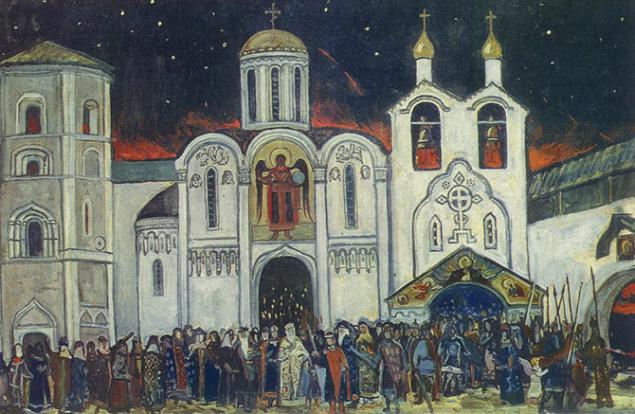
According to legend, the city was founded by Prince Yuri Vsevolodovich of Vladimir on the lake Svetloyar. The city stood for 75 years before the invasion of Batu Khan. When the troops of Batu approached him, then, supplications residents Kitezh disappeared. According to one version, disappeared under the water of the lake, on the other - has simply become invisible. In the Russian tradition, it was believed that the city will once again be visible only to the second coming of Christ. However, there are legends that the city and now can see (and even live there!) Truly righteous. For them, it is already the capital of ...

1. GREAT NOVGOROD

Of course, the first thing that comes to mind. Russian richest city-state to the XVI century, the place calling Rurik. It was here, "said Rus, Chud, Slovenes, Krivichi and all:" Our land is great and rich, but there is no order. Come to reign and rule over us. '" Actually, this would be more than enough for the claims to the national capital status. However, Novgorod the Great had other plans: the city bathed in their own self-sufficiency and independence, and shied away from any geopolitical games aimed at domination in the territory of the former Kievan Rus.
As a result, in 1478, he joined John III and closed "feudal republic." From that moment began a dive down the city: from the subject of world politics Novgorod became a regional center and the city museum, where there is something to show to foreigners.
2. Growth

Over the age of this city could well argue with Novgorod the Great. Here, too, the rules of Rurik, residents actively participated in the campaigns of Oleg at Constantinople, and that there was sown the seed of the future of Moscow Russia. For a long time was the main city of Rostov in the North-Eastern Russia and the largest spiritual center. However, he did not stand the pressure of Moscow and Daniłowiczowski dynasty. First, growth in the beginning of the XIV century was divided into two parts: Borisoglebovskay and Sretensky (which was under the protectorate of Moscow). From Moscow part was banished all disloyal elite.
Author of "The Life of St. Sergius of Radonezh," which, incidentally, was a native of Rostov boyar family, laments: "Alas Rostov and his princes, took power from them, reign, wealth and honor." And in John III in 1474, and finally bought a second, Borisoglebovskay, half of the city. And growth unimpeded began its descent to a state of quiet provincial town.
3. VLADIMIR

Founded in the late X century on the site of a small village tribe Meria Vladimir after a century and a half received the status of capital city of Northeast Russia. Thanks to Prince Andrew Bogoliubsky, which in 1157 moved the capital here "all Suzdal." But the Mongol-Tatar invasion undermined the long-term development of Vladimir. In spite of the conditional capital status, the city quickly lost its primacy. The last prince, prince directly in Vladimir, was Alexander Nevsky.
4. Suzdal

At the dawn of Russian statehood Suzdal was very influential city. Despite the adoption of Orthodoxy, he remained one of the centers of paganism until the XII century. It is here that broke out in 1024 the famous uprising of the Magi. A little more than 100 years; Magi cooled down a bit and wandered off to the nearest thicket, and Yuri Dolgoruky made Suzdal center of the North-East of the earth. But not for long. And in 1392 the Grand Duchy of Moscow, absorbing the city, finally buried "capital" ambitions Suzdal. But in the XVI century, the city became one of the spiritual centers of the country. But too long. First Suzdal reconciled with the status of a provincial county town, well, and in this era took on the burden of "historical Disneyland».
5. Ladoga

About this capital status of the city (today, in fact, the village) the dream of many lovers of antiques. However, with a claim to the capital city of Ladoga parted before the Baptism of Russia. This city was founded by the Vikings. It was from here begun Norman colonization future in Russia. According to one version is here (and not in Novgorod) ruler of Rurik.
In those days, Ladoga was a port city, a gathering merchant caravans, brisk trade in furs, jewelry, weapons and slaves. Actually, that's all claim to metropolitan status. Already in the X century Ladoga fell into complete dependence on the Great Novgorod, and in 1703, "the ancient capital of the Northern Rus' lost city status.
6. Alexander settlement

This small town has breathed life in the capital under Ivan the Terrible, who made it the center of his Oprichnina. More than fifteen years here seething life: Sloboda important policy decisions, opens embassy most influential states of that time, held talks at the highest level. In the Alexander settlement worked best painters and architects; was founded the first Russian Conservatory, where by order of the king from across the country were brought the best musicians and singers. It also opened the country's first provincial print and in 1576 saw the light of printed Andronik ignorant "Suburban Psalter." It was lost in the Sloboda and traces the legendary library of Grozny.
But one day all over again. In 1581, the king went to Moscow and never returned. And the city had fallen asleep for a few centuries.
7. City of Kitezh

According to legend, the city was founded by Prince Yuri Vsevolodovich of Vladimir on the lake Svetloyar. The city stood for 75 years before the invasion of Batu Khan. When the troops of Batu approached him, then, supplications residents Kitezh disappeared. According to one version, disappeared under the water of the lake, on the other - has simply become invisible. In the Russian tradition, it was believed that the city will once again be visible only to the second coming of Christ. However, there are legends that the city and now can see (and even live there!) Truly righteous. For them, it is already the capital of ...





